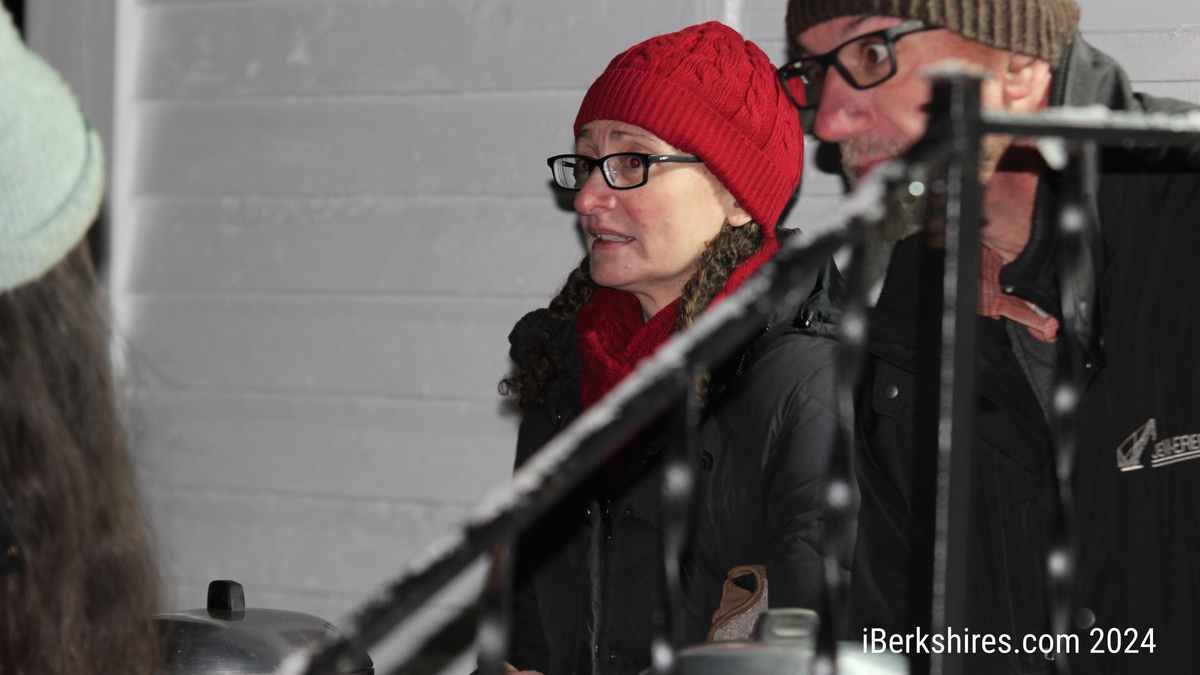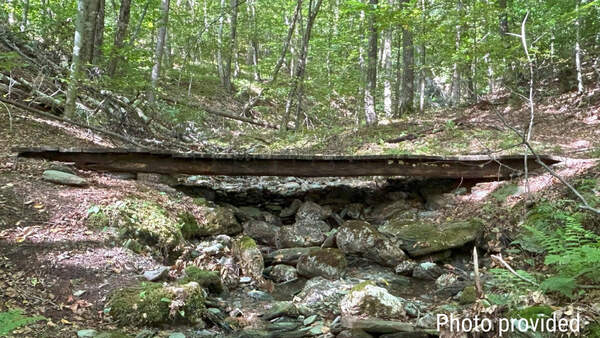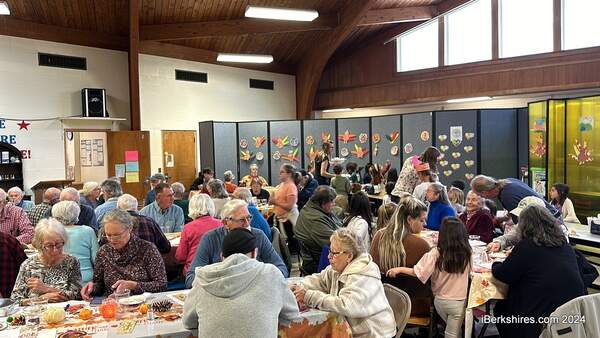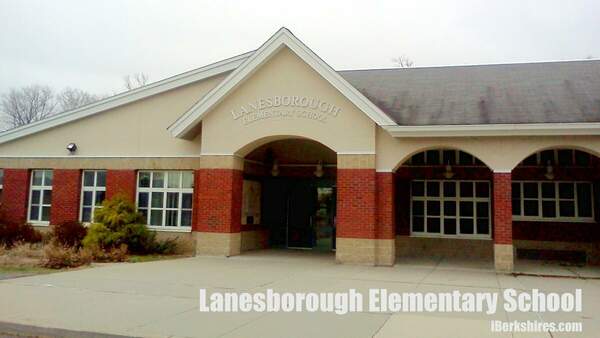Letter: Williamstown's Proposed Zoning Changes Will Help Make Town More Diverse
 |
To the Editor:
Dear Williamstown residents: Williamstown is in a housing crisis. People are getting pushed out of town as they see their rents increase by $500 and even $1,000 a month. Few are able to purchase homes without a cash offer above asking price. Williamstown is becoming even more elite, functioning like an exclusive gated community.
In order to have a diverse community where those who work here can live here, we need to pass Warrant Articles 39, 40 and 41. All Williamstown residents need to be able to create duplexes and multi-unit housing (of three to four units) by right, not by special permit. Of course, the properties and buildings would still have to abide by existing town zoning and state regulations for details such as parking and unit sizes. So these warrant articles would simply eliminate the special permitting process and associated costs. Passing warrant Articles 39, 40 and 41 will enable our town to return to a more inclusive and diverse community.
Additionally, passing these articles would support farming and open space in our beautiful town. Here’s why:
Agricultural wage is less than the state's minimum wage. Some farms, if they can, supplement that wage with the value of on-farm housing. If we allow Williamstown farms the option of providing this form of benefit we will be directly supporting our farms. Farmers, like all employers, are struggling to get skilled help. If our farmers were able to more easily provide housing to employees and family members, they will have a better chance of remaining viable.
Please come out to vote on June 14, 2022, at 7 p.m. at Mount Greylock High School. This is the opportunity to make your vote count.
Sincerely,
Carin DeMayo-Wall
Williamstown, Mass.
Tags: town meeting 2022,
















